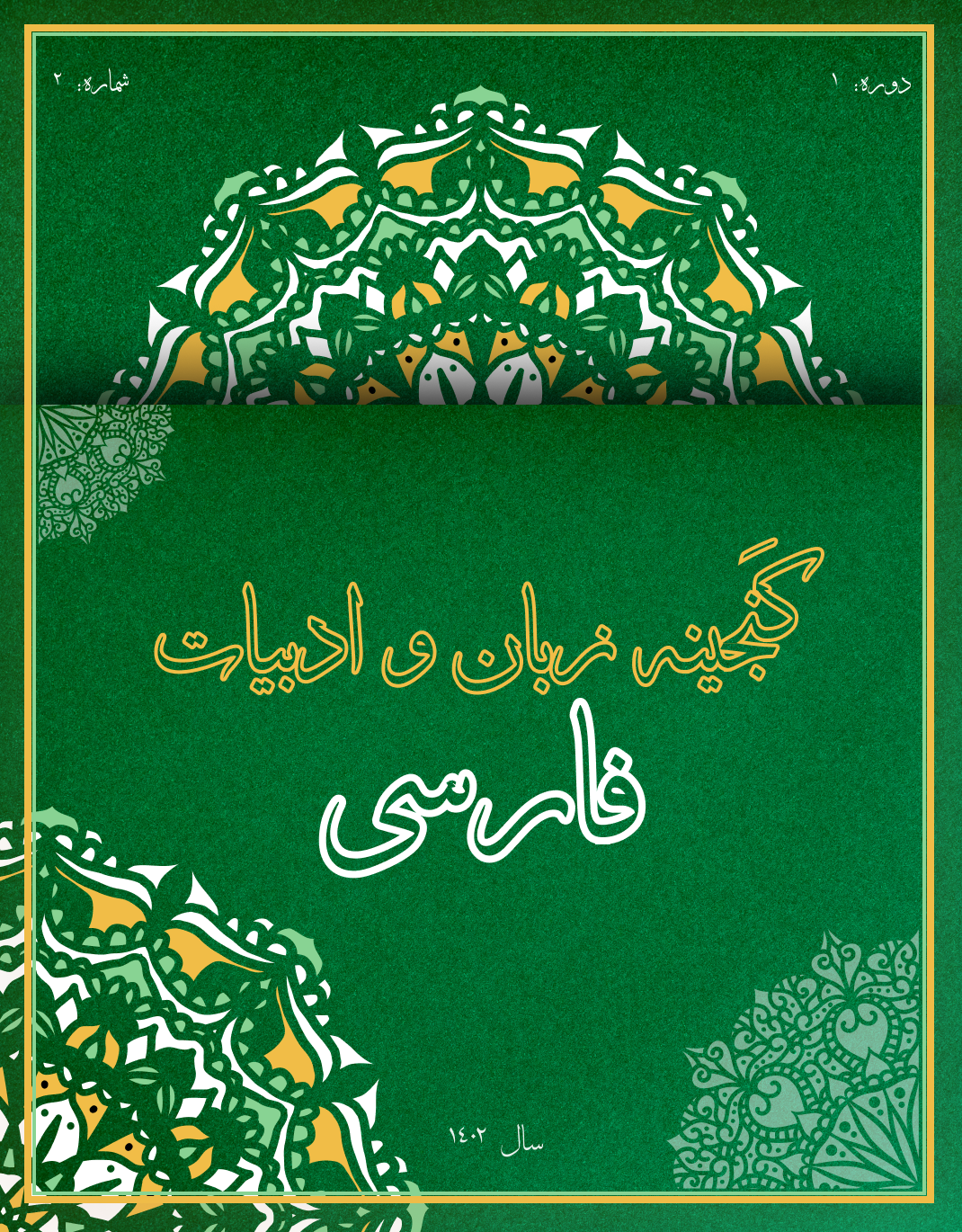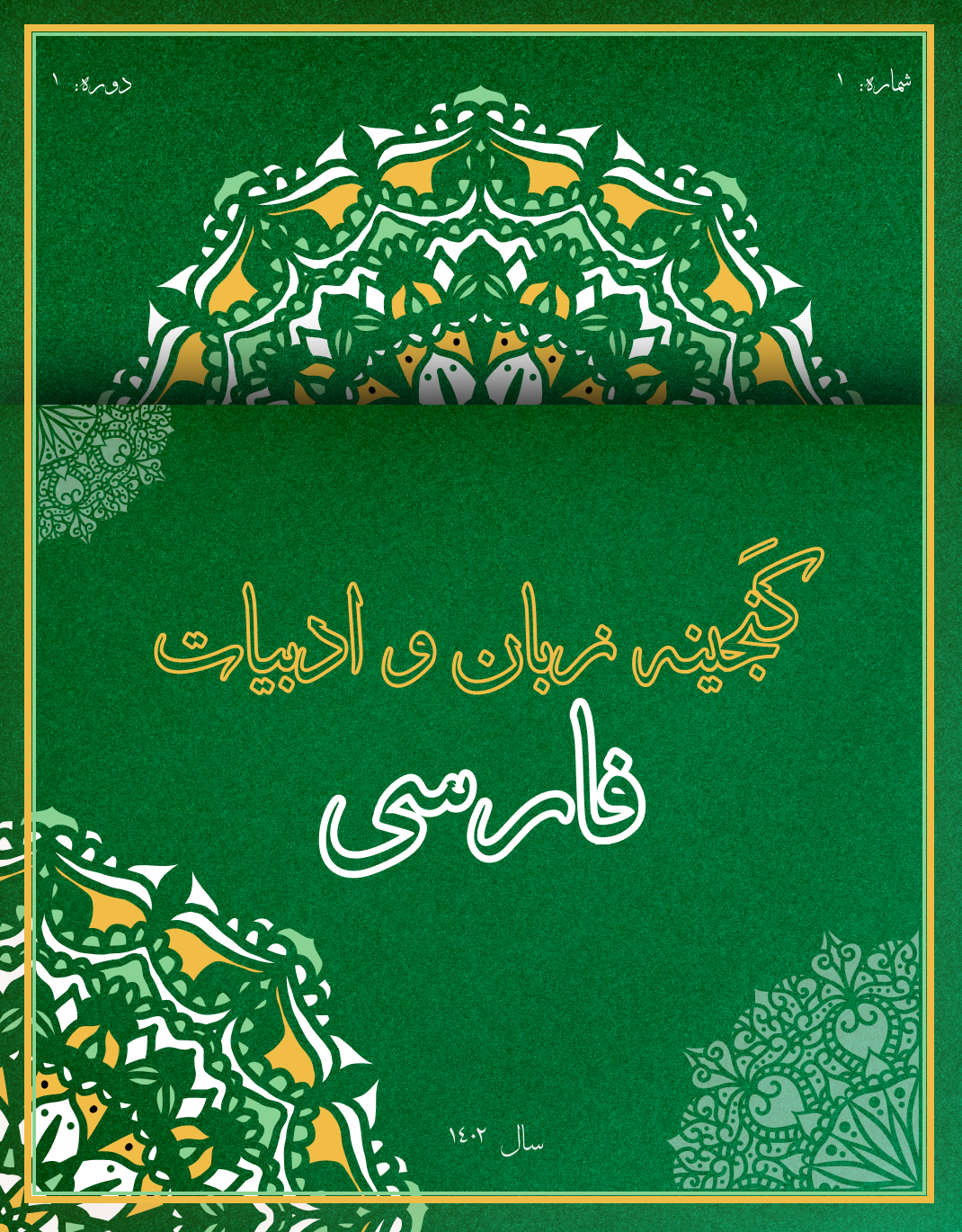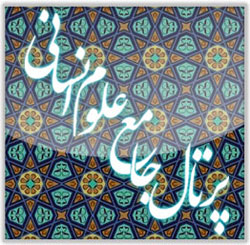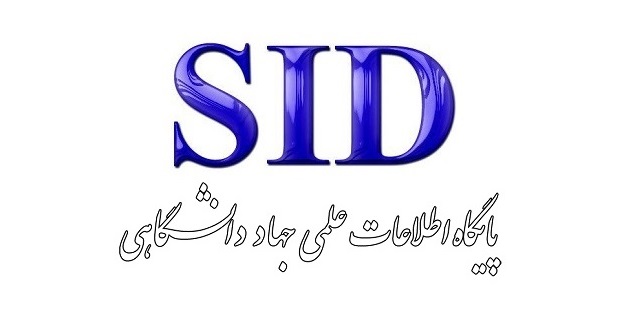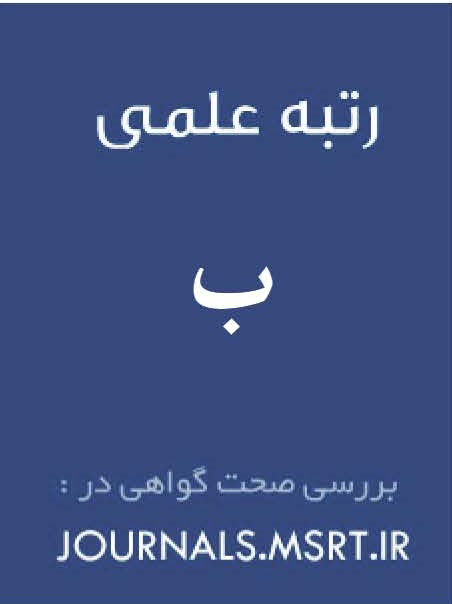Structural and Content Analysis of Houshang Moradi Kermani's Novels: Exploring Local and Cultural Themes in Children's and Adolescent Literature
Keywords:
Children's literature, Houshang Moradi Kermani, cultural values, indigenization, cultural identity, character development, local narrativeAbstract
This article examines the structural and content analysis of Houshang Moradi Kermani's novels and explores the role of these works in conveying indigenous and cultural values to new generations. Kermani's stories are characterized by a cohesive structure, well-crafted characters, linear narrative, and simple, local language that resonates strongly with young readers. Through the analysis of characters, narratives, and language in Kermani's works, this study highlights how he successfully embeds themes such as social cohesion, respect for family, responsibility, and cultural values subtly within his stories. The findings indicate that Kermani's works, by focusing on everyday realities and rural settings, significantly contribute to strengthening the cultural and social identity of Iranian children and adolescents. These stories provide young readers with an opportunity to engage deeply with the values and beliefs of their culture through relatable experiences. The article underscores the importance of indigenization in children's literature and offers suggestions for future research. It is recommended that future studies conduct comparative analyses of indigenous children's literature across various countries and examine the long-term effects of this literature on the cultural identity of new generations.
